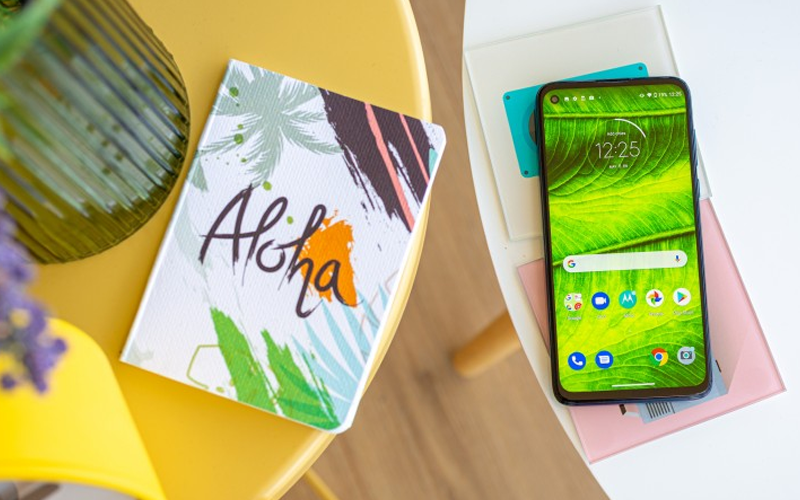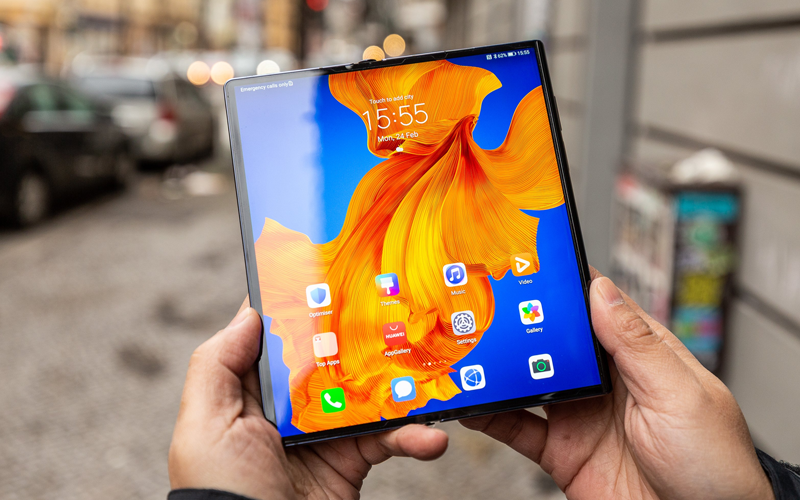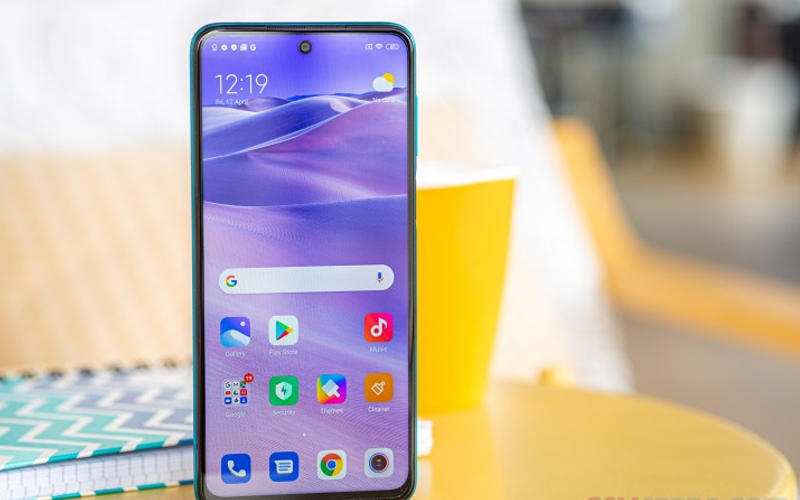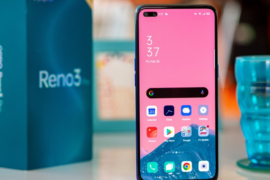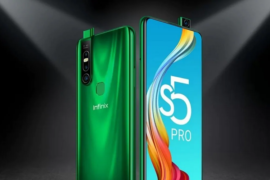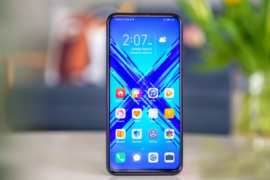SPECIFICATIONS
- Display6.4 inches
- Rear Camera16 MP/8 MP/8 MP/2 MP
- Front Camera16 MP
- ProcessorQualcomm Snapdragon 665
- Resolution1080 x 2300
- RAM4 GB
- Operating SystemAndroid 10
- Storage64 GB
- Battery5000 mAh
- WaterproofYes
- Dual SimYes
- Quick ChargingYes
DESIGN
The Moto G8 Power isn’t your common meager and lightweight cell phone as it packs one muscular battery inside. The telephone feels strong close by, yet it isn’t massive gratitude to its bended sides and attentive structure.
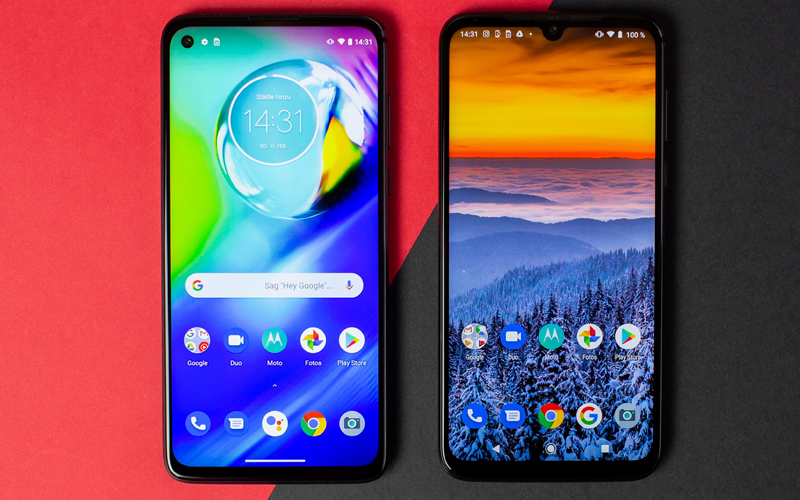
The construct is nothing strange – a large portion of the G8 Power is made of plastic, while its screen has a defensive glass of an obscure producer. The entire telephone is water-repellent, which means it has some assurance against light downpour and sprinkles, yet water-safe it isn’t. Most creators utilize this P2i nano-covering nowadays and depend on a hole free form, and that is likely the situation with the Moto G8 Power too.
The whole front of the Moto G8 Power is level, well, on the off chance that we don’t tally the typical 2.5D completion on the edge that is. The screen bezels are very little, particularly for a LCD, and the punch opening isn’t that enormous either. There is some diminishing around the score, however that is unavoidable with LCD boards.
The screen itself has 6.4″ askew and adjusted corners. It accompanies 1080p+ goals and 19:9 angle proportion. The board appears to be very brilliant, and the hues punchy, however we will know significantly more when we put it through our lab tests.
The grille over the screen shrouds the earpiece, which likewise serves as a speaker. Furthermore, what a speaker it is! It is equivalent in uproar and yield to the one at the base – a parity we infrequently witness nowadays.
Moto G8 Power’s edge is made of thick plastic, is somewhat bended, and has this lustrous completion that adds to the general trickiness of the telephone, and furthermore is a home for a huge amount of smircesh.
There is some uplifting news here, obviously. The Moto G8 Power has a ton going on around its edge – there is a sound jack on the main, a cross breed SIM space on the left, the USB-C port and the other speaker are at the base, while the force and volume keys are on the right.
The rear of the Moto G8 Power is very lovely – our Capri Blue adaptation is, well, painted in Capri blue, yet in addition accompanies this basic stripe design that makes for a pleasant impact. The additional layers of plastic do what they excel at – some light bowing for a considerably more eye-infectious look on the in any case customary plastic back.
There are four cameras at the back – the 8MP ultrawide is first and isolated from the others. At that point, on a typical deck, you are seeing the essential 16MP shooter, the 2MP full scale, and the 8MP tele snappers. Their glasses are projecting not exactly a millimeter.
Another component of enthusiasm on the back is the unique mark scanner – it is in the dimple with the Moto logo. It is consistently on, quick and dependable.
On account of the strong form and heavier-than-normal body, the Moto G8 Power has a sense of security close by, regardless of whether it is an all-elusive telephone. We have no meat with its structure, no issues with the fabricate, and we value the bigger battery and the additional weight that accompanies it. Yet, on the off chance that you don’t need such a gleaming and elusive telephone, don’t stress, the gave case works admirably in improving the hold, in addition to it holds the stunning back safe.
Generally speaking, we are content with the Moto G8 Power plan – it’s in accordance with the vast majority of the ongoing patterns and has a water-repellent covering for some additional genuine feelings of serenity. By our books, that is all that could possibly be needed.
DISPLAY
The Moto G8 Power packs a 6.4-inch IPS LCD screen with 1080p+ goals and 19:9 viewpoint proportion. It has a punch-gap pattern around the upper left corner to clear a path for the selfie camera and its corners are trendily adjusted.
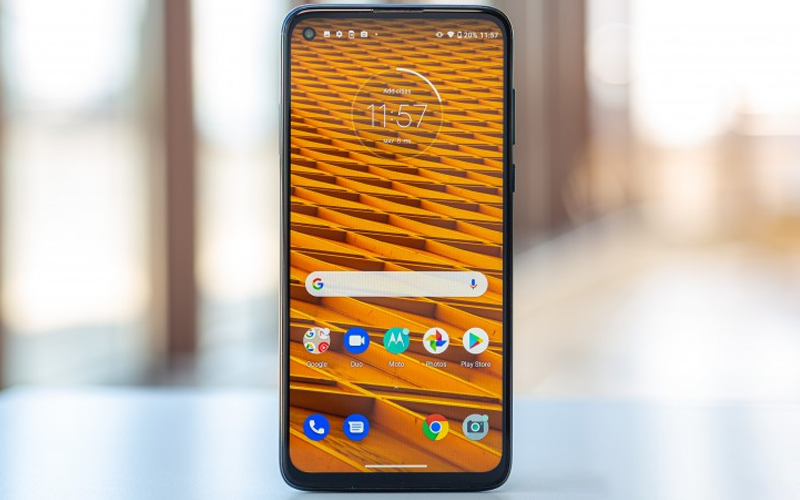
The specific screen goals is 2,300 x 1,080 pixels or about 399ppi. The make of the defensive glass was not indicated by Motorola.
One of the main things you will see is the lopsided backdrop illumination around the punch opening. It is irritating just on splendid foundations, yet it was not out of the ordinary as the LCD LED backdrop illumination isn’t great (and it can’t be). Such darkening can likewise be seen around the edges of the screen, however not as solid as close to the score.
Other than that, the Moto G8 Power screen looks splendid and punchy. We estimated a most extreme brilliance if 500 nits in manual mode, and 741 nits in auto mode. That is all that could possibly be needed for a LCD screen and you will have no issues even in the most brilliant of days.
The dark degrees of the Moto G8 Power screen turned out very great, as well, and generally, the board offers a superb differentiation proportion of about 1500:1. The base splendor at the furthest left of the scrubber is simply 3.2 nits, which is an incredible one.
Shading generation is reliably off on the Moto G8 Power, paying little heed to which of the three shading modes you pick. Be it Natural, Boosted, or Saturated, you can anticipate a solid blue move of the white and grays, to the tune of a DeltaE of 8-9. That isn’t so terrible – it is anything but a shading precise screen however it is anything but a major issue either.
The default Saturated mode got us a normal DeltaE of 5.8 against sRGB targets, though in Natural we estimated a normal DeltaE of 4.7 – the best outcome in this testing.
PERFORMANCE
The Moto G8 Power is fueled by the Snapdragon 665 – a midrange Qualcomm chip, made on a 11nm assembling process. It packs an octa-center CPU in a 4×2.0GHz Kryo 260 Gold (A73 subsidiary) and 4×1.8GHz Kryo 260 Silver (A53 subordinate) course of action and an Adreno 610 GPU. A solitary RAM and capacity setup is offered – 4GB and 64GB.
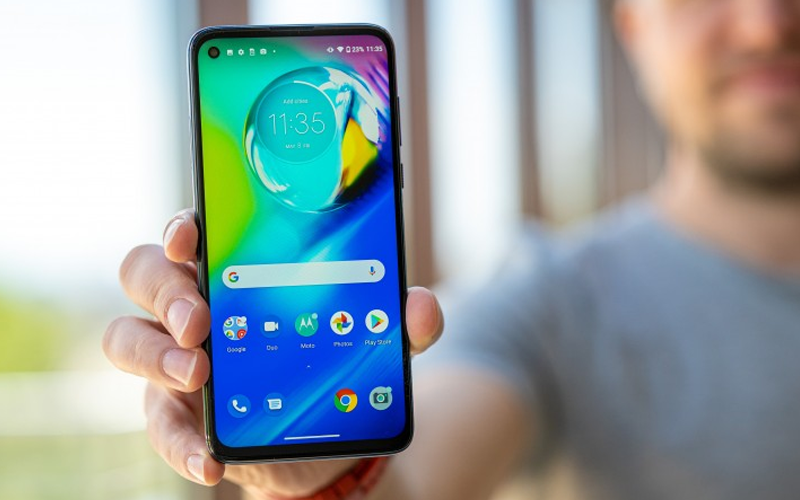
We ran a few benchmarks and the scores are about normal. The CPU execution isn’t terrible, however the opposition offers better execution in a similar value section.
Same goes for the gaming execution – it’s failing to meet expectations – a considerable lot of the contenders have just changed to the upper-level Snapdragon 700 or Helio G arrangement and the tests show their GPUs are greatly improved.
The AnTuTu score likewise shows the Moto G8 Power isn’t as ground-breaking as the present yield of also valued mid-officers.
The Moto G8 Power has a competent chip, however it’s not as quick as the apparatus accessible to a portion of its rivals. What’s surprisingly more terrible is that it’s not just the dry benchmark scores that endure, Android OS doesn’t feel that quick either. We had framework hiccups to a great extent while cooperating with our audit unit – which doesn’t have that much application content on it. Without a doubt, these are no major issues, yet realizing what a Realme can do, they are somewhat disillusioning.
BATTERY
The Moto G8 Power packs a huge 5,000 mAh battery, which should last you for as long as three days of typical utilization as per Motorola’s cases. The telephone underpins Moto’s 18W TurboPower quick charging and it fills 29% of the drained 5,000mAh battery in 30mins.
Expectedly, the Moto G8 Power ended up being an exceptional entertainer in our battery test with a 136-hour Endurance rating. It worked superbly in totally tried situations – video, calls, web perusing and even backup execution.
CAMERA
The Moto G8 Power has a quad-camera on its back and every one of the four snappers are usable. There is a 16MP essential shooter, a 8MP ultrawide snapper, a 8MP tele cam for 2x zoom and representations, and a 2MP large scale imager. A solitary LED streak is near, in the event that you ever need it.
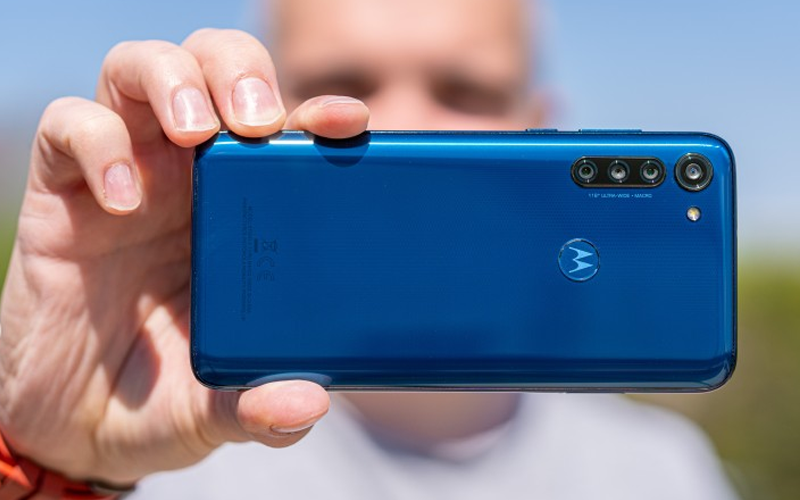
The essential camera utilizes a 16MP 1/2.8″ sensor with 1.12µm pixels and f/1.7 26mm focal point. Stage identify self-adjust is accessible.
The ultrawide camera utilizes a 8MP 1/4.0″ sensor with 1.12µm pixels behind f/2.2 13mm focal point. The center is fixed.
The Moto G8 Power likewise offers a camera for representations or 2x optical amplification. It utilizes a 8MP 1/4.0″ sensor with 1.12µm pixels and accompanies f/2.4 52mm focal point. Stage recognition AF is accessible here. Strangely, naturally, this camera spares 16MP pictures, which means an upscaling is at play.
The fourth and last snapper is the 2MP 1/5.0″ full scale camera with f/2.2 focal point. Self-adjust is accessible here and it works somewhere in the range of 2cm and 8cm.
For selfies, you get 16MP Quad Pixel camera. The sensor is behind a f/2.0 gap focal point that has a fixed core interest. Being a Quad Bayer sort of module, the selfie cam takes 4MP pictures naturally, however this one can be set to yield 16MP shots if that is important.
Motorola has been introducing its own custom Camera application on the in any case generally stock Android programming, and that is the situation on the Moto G8 Power, as well. It is clear and practical with a swipe activity for exchanging between stills, video, and grouped modes (tapping on the symbols works as well).
A lot of fast settings is accessible in the viewfinder for the HDR modes (Auto/On/Off), streak modes (Auto/On/Off), self-clock (Off/3s/10s) and Active Photos (Auto/On/Off). There’s additionally an alternate way to the settings menu directly in the viewfinder.
The Manual mode is gotten to from another switch in the viewfinder – not the additional modes. It lets you dial in your own ISO (100-3200), screen speed (1/6000s-1/3s), or presentation pay (- 2EV to +2EV in 1/3EV and 0.5EV additions), just as pick a white parity by light temperature (with markings for normal light sorts), and you can physically modify center – all quite standard. There’s likewise a minuscule live histogram.
The 16MP sunlight photographs from the primary camera are alright however unacceptable. The settled detail is average, best case scenario and you can see boisterous territories. The pictures show extraordinary differentiation and high unique range, however, so risks are you will appreciate them on the telephone’s screen.
We shot the photographs underneath with Auto HDR as expected by Motorola. We saw that when it triggers, in any case, the hues come out unnaturally immersed, however we do get the guaranteed support in unique range and furthermore – less clamor. When there is no requirement for HDR, the commotion is more, however the hues are regular and consistent with life.
Those are certainly not the best photographs – in any event, for a spending gadget – yet they will accomplish for most events.
The 8MP ultrawide photographs are poor in detail, however the contortion revision works well indeed, and the photographs fit a great deal inside gratitude to the 13mm focal point. The differentiation is acceptable yet not a counterpart for the essential camera and the hues are somewhat hotter than they ought to have been, particularly where the Auto HDR fired.
The 8MP fax camera shoots 16MP pictures naturally, which is odd. We speculate this is either down to a product issue or by poor structure decision.
Anyway, the 16MP zoom photographs are bad, regardless of whether they present great complexity and dynamic range. The detail is poor, and the pictures are over-honed to cover the upscaling.
You would be smarter to physically change to 8MP from Settings, however it will likewise bring down the primary camera goals. On the other hand, given that the essential is additionally of poor per-pixel quality, we surmise you won’t lose that much, will you?
The tele camera is additionally the one taking pictures and they are spared in the best possible 8MP goals. Other than that – the photographs have great detail and the haze looks persuading, yet the partition isn’t – the subjects experience obscured parts frequently.
The Moto G8 Plus had a devoted Night Mode, yet we didn’t discover one on the G8 Power – which is another peculiarity, particularly given the likenesses in equipment.
The tele camera doesn’t try taking pictures when the light is low – you’d get advanced zoom from the primary camera.
Tragically, the yield by the principle camera in low-light isn’t so hot either. They are poor in detail and loud, with constrained unique range and frequently – cleaned out hues.
The selfie camera on Moto G8 Power has a 16MP Quad-Bayer shooter behind f/2.0 fixed-center focal point. It spares 4MP pictures naturally, as it should, however in the event that you need – you can set it up to spare upscaled 16MP photographs.
The 4MP pictures present fair detail, however great hues and difference. The dynamic range is constrained, however the Auto HDR helps extend that a great deal.
The Moto G8 Power records 4K recordings with its principle camera, 1080p clasps with its ultrawide snapper, and 720p with the large scale shooter. You can’t catch recordings with the fax camera, however.
The 4K film from the principle camera is poor in detail regardless of whether it is caught with 50Mbps video bitrate. Hues are pleasingly soaked and the differentiation is decent. The dynamic range could have been higher, yet it’s not terrible either.
SOFTWARE
The Moto G8 Power isn’t a piece of the Android One program – that is a select treat for the Moto One arrangement. In any case, the telephone boots a close stock adaptation of Android 10, spiced up with a lot of Moto programming stunts.

The G8 Power depends on signal route by means of a solitary lengthened catch in the middle. Swiping upwards takes you to the home screen, a swipe up with a respite draws out the ongoing applications menu, swiping on the pill (left or right) switches between the last utilized applications. On the off chance that you need Back, at that point simply swipe anyplace from the edge of the screen. In the event that, then again, you need to have the great three-button route, you change to it from Settings.
The Moto application offers an assortment of shrewd Moto activities for cooperating with the telephone – including a karate hack for flipping the electric lamp on or off, contort movement to dispatch the camera application, three-finger screen capture signal, accelerometer-based ringtone quieting.
Moto Display comprises of only two choices and the more significant one is Peek Display – the not-generally in plain view. It will show notices and let you collaborate with them in that spot on the lock screen in addition to it will wake up when you get your telephone. Another component, Attentive presentation, will keep the screen on as long as you are taking a gander at it.
With or without of these, the rest is essentially Android 10 as Google planned it to be – well, there’s likewise the greenish tint of the fast switches.
Should I Buy It?
The Moto G8 Power is a decent telephone, in any event on paper, yet the execution is a long way from immaculate. It has an alright showcase and great camera pack on paper, yet the exhibition and picture and video quality are fairly unremarkable. At long last, the Android OS is perfect, however not without certain stammers.
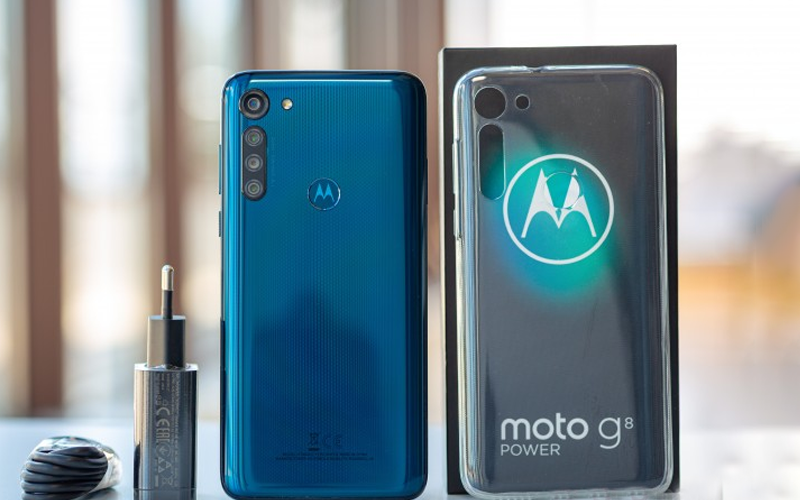
One thing is without a doubt, however, the battery life is great, as guaranteed, and this Moto G8 really merits its ‘Capacity’ moniker. Regardless of whether it does takes everlastingly to accuse that huge battery of the gave 18W charger.
So as you usee, the Moto G8 Power isn’t without its shortcomings and it will be an intense sell considering what the opposition brings to the table. How about we investigate a couple of those different telephones you could get for a similar measure of cash.


